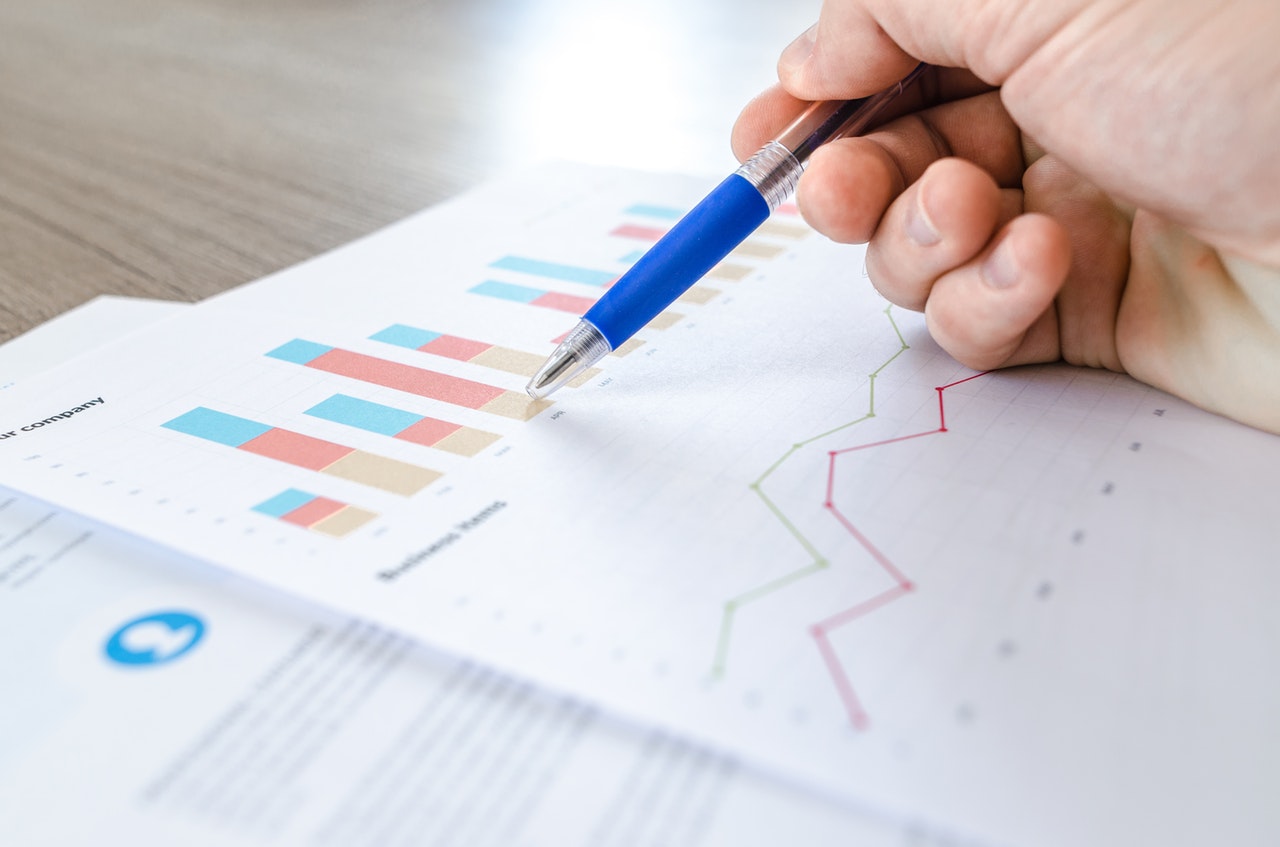The term “sustainability” is gaining increasingly significant popularity in business development in recent decades.
Without mincing words, it is a factor that guarantees the success of a project and of an organization in general.
CONTENTS
- Key conditions for financial sustainability
- How can the financial sustainability of a project be planned?
- 1. Decide who will develop the financial plan
- 2. Perform an internal audit
- 3. Determine the budget required
- 4. Develop a plan for financial sustainability
- 5. Monitor and evaluate progress
- Why is it necessary to compile a financial sustainability plan?
- When should a financial sustainability plan be developed?
The current use of the word implies something that lasts a long time.
The financial sustainability of a project therefore implies the continuation of project activities without losses.
It must be acknowledged that ensuring the financial sustainability of a project requires long-term planning to facilitate stakeholder engagement and potential investors – including those external to an organization.
Key conditions for financial sustainability
Before starting to write a project’s financial sustainability plan, it is important for a project manager to discuss the various processes and mechanisms that can be used to ensure sustainability with the team.
It is therefore important to consider what follows:
- Long-term vision: especially in the case of complex projects that span over a long period of time, it is important to know where the organization is seen after a period that can even last for several years. It is important to think about how and what is going to be achieved in the long term. Once this vision is clear, it is therefore easier to process the factors needed to achieve it. With the use of concrete data, it is possible to explain to the organization and investors the long-term goal and the processes and resources needed to ensure success.
- Integrating financial sustainability into all projects: It is always advisable to integrate financial sustainability into every project of the organization from the very start. This will help to develop positive relationships with stakeholders from the earliest stage of project development.
- Communication and awareness: It is important to develop a strong communication strategy so that the results of the project can be shared with stakeholders. Well-documented project results can help get support from stakeholders. A well thought-out stakeholder communication strategy can prevent a last-minute rush to find investors.
- Involve major players: During the entire life cycle of the project, it is possible to establish opportunities for dialogue – meetings, e-mails, calls, etc. – with relevant parties to continue to involve relevant actors in the project.
- Diversifying sources of funding: In some projects, it is important for financial sustainability, to diversify the investment base and develop long-term partnerships with investors to maintain continuous support.
- Create an inventory of resources: Some devices and equipment purchased during a project may be used in the future for other projects, making it easier for these to be financially viable because some costs are thus already met.
How can the financial sustainability of a project be planned?
Every organization is unique and each will have its own specific way of getting things done.
However, financial sustainability planning follows some key milestones that we can summarize in these 5 points.
1. Decide who will develop the financial plan
If it is not the project manager himself, he will then have to decide who will be responsible for drawing up the financial plan for the project. Developing a plan is easier and more effective with shared leadership, while maintaining open communication.
2. Perform an internal audit
That is, to discover what resources and expenses the organization has already performed. You can’t decide where you’re going if you don’t know where you are right now. Make sure that all information is correct and that everyone working on the financial sustainability plan understands it.
3. Determine the budget required
This stage is divided into two parts: listing what you are currently doing and what the organization already owns and can be used and then listing what must necessarily be obtained – purchased – to carry out the project, with its related cost. In addition, it is possible to set specific funding objectives, both in short and long term. For example, a short-term goal could be to increase the size of the team with two new employees, while a long-term goal could be to purchase additional office space.
4. Develop a plan for financial sustainability
This draft should include all the information gathered so far, including:
- The actual financial situation, including the yearly budget
- Long-term and short-term financial objectives
- General strategies that will be adopted to achieve such goals
- History with specific actions
- An “executive summary” consisting of one page at the beginning of the document which summarizes your work
Stakeholders will then be able to comment the plan and make suggestions for improvement. Obtaining feedback at this point can be very useful for at least two reasons. Firstly, there may be suggestions that will make the plan stronger than it would otherwise have been. Secondly, by giving those who will be involved in the implementation of the plan the opportunity to change it, it also becomes theirs and, in general, people are more willing to work on something they have created.
5. Monitor and evaluate progress
When the parts of the plan have been confirmed and start to be implemented, the process is not yet over. As long as the project continues and remains active, continuous evaluation and monitoring of progress is required and, if necessary, actions are taken to implement the changes.
Why is it necessary to compile a financial sustainability plan?
Drafting a financial sustainability plan certainly takes time, but it carries a series of benefits. This means:
- More attention to actual work: it is possible to perform more freely what has been decided to be done, because the focus will be on the mission and the result, not on daily survival.
- Becoming more competitive in the field: for instance, more money allows you to hire more and better staff, which, once again, enables you to do more to achieve your goal.
- Easier transitions: a plan can help the organization to successfully overcome a temporary exhaustion of funding.
- Support from investors: sometimes you have no choice, because some investors explicitly require the development of a plan for the financial sustainability of a project as a condition for their funding.
When should a financial sustainability plan be developed?
The answer is straightforward: it is never too early to start planning the financial sustainability of a project.
Planning should take place as soon as the project begins.
Even if the organization has been on the market for some time and holds a very good position, this is no excuse to develop a financial sustainability plan for each of its individual projects.
In short, developing a financial sustainability plan, like any other plan, requires a lot of work to be done in the right way.
However, by creating an effective financial sustainability plan, members of an organization will be able to achieve more to convert goals into reality and accomplish their mission.






It was really helped me to planning my financial sustainability plan for designing an mobile application which shows nearby available parking slots in a particular area. Thank you very much. It will be much better if you could improve this to show some real examples. Best regards.